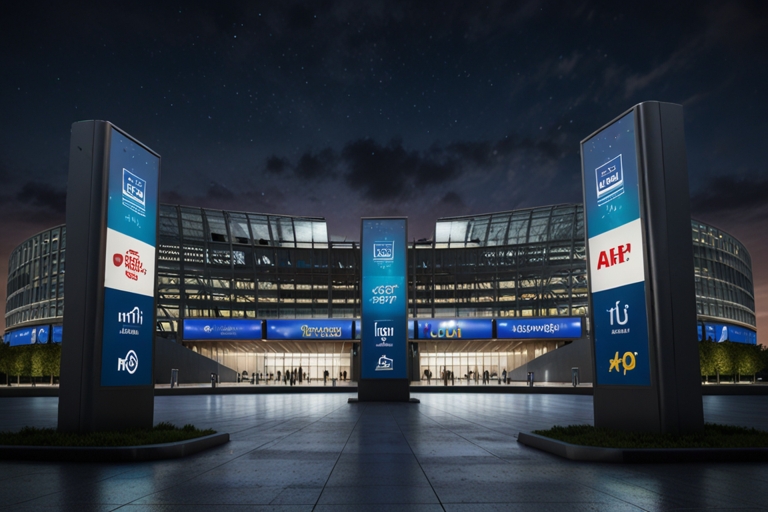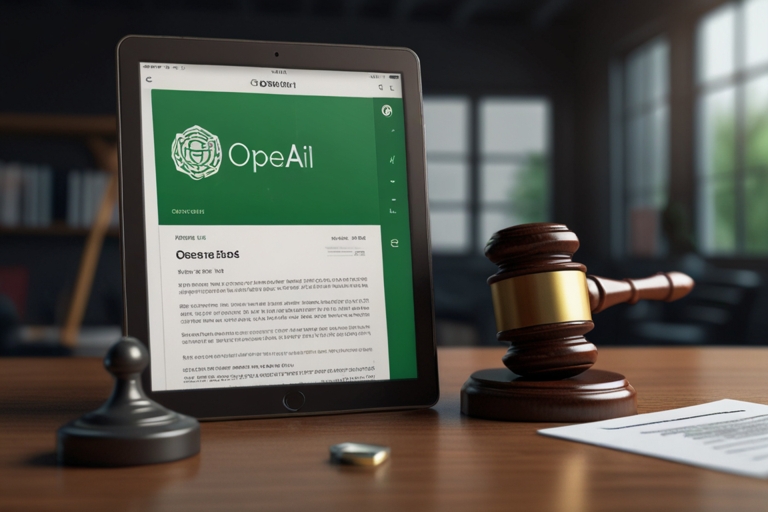
TL;DR
- Cluely’s ARR doubled from $3M to $7M within a week of launching its enterprise product.
- The AI tool offers real-time meeting notes, context, and question suggestions on-screen.
- Founder Roy Lee says a public company doubled its contract to $2.5M in the same week.
- The tool, once marketed to “cheat on interviews,” has now gained VC backing from major funds.
- But competition is brewing: Pickle launched a free, open-source rival called Glass.
Cluely’s Enterprise Push Sends ARR to $7 Million
Cluely, a buzzy Silicon Valley startup that began as a controversial AI tool for job interviews, has hit a major milestone: $7 million in annual recurring revenue (ARR), according to founder Roy Lee. That figure nearly doubled from $3 million just a week earlier, thanks to the launch of the company’s new enterprise offering.
“Every single person who has a meeting or an interview is testing this out,” said Lee in an interview with TechCrunch.
The company’s product displays real-time notes, context cues, and suggested follow-up questions — all discreetly on the user’s screen, invisible to others. Lee emphasized that interest has surged among both individual consumers and businesses.
From Controversial Launch to VC-Backed Momentum
Cluely’s origin story is unconventional. Lee went viral last year after claiming he was suspended by Columbia University for co-building a tool designed to “cheat” during software engineering interviews. That very tool became the foundation of Cluely.
Early marketing embraced this controversy with the now-shelved tagline: “Cheat on everything.” Today, the tone is more polished:
“Everything you need. Before you ask… This feels like cheating.”
Despite its provocative start, the company has attracted institutional investment from Andreessen Horowitz, Abstract Ventures, and Susa Ventures.
Enterprise Use Cases Drive Growth
One major client — a public company Lee declined to name — recently doubled its annual contract to $2.5 million. Cluely’s enterprise product adds features like team management and enhanced security, and is finding traction in sales, customer service, and remote education.
According to Lee, the product’s most compelling differentiator is its real-time note-taking:
“Meeting notes have been proven a sticky, interesting AI use case. The only problem with competitors is they’re all post-call. You want them during the call — that’s what we offer.”
Cluely’s Momentum and Emerging Competition
| Metric / Event | Value / Detail | Source Link |
| ARR before enterprise launch | $3 million | TechCrunch |
| ARR after enterprise launch | $7 million | TechCrunch |
| Largest enterprise contract | $2.5 million annually (client undisclosed) | TechCrunch |
| VC Backers | Andreessen Horowitz, Abstract Ventures, Susa Ventures | Andreessen Horowitz |
| Open-source rival launched | Glass by Pickle, free & open-source | Pickle on X |
| GitHub popularity (first 24h) | 850+ stars, 150+ forks | GitHub – Glass |
| Core feature differentiation | Real-time AI note-taking during live meetings | Cluely |
Pickle’s Free Rival: A Threat to Cluely?
While Cluely celebrates its breakout moment, an open-source competitor has surfaced. On Thursday, a startup called Pickle announced the launch of Glass, a free tool with real-time note-taking features that closely mirror Cluely’s functionality.
Within hours of its release, Glass had amassed over 850 GitHub stars and 150 forks, suggesting strong interest from the open-source community. Whether the free clone will dent Cluely’s enterprise adoption remains to be seen, but developer enthusiasm is clearly there.
Is Cluely’s Edge Sustainable?
Cluely’s main advantage lies in its slick interface, privacy-conscious design, and enterprise readiness. But AI notetakers — like calendar scheduling tools — risk rapid commoditization. Glass’s debut raises the question of whether a paid product can maintain its edge when open-source alternatives offer similar functionality for free.
With VC support and early traction, Cluely’s short-term outlook is bullish. But its long-term moat will depend on user experience, integrations, and continued innovation — not just clever branding.






